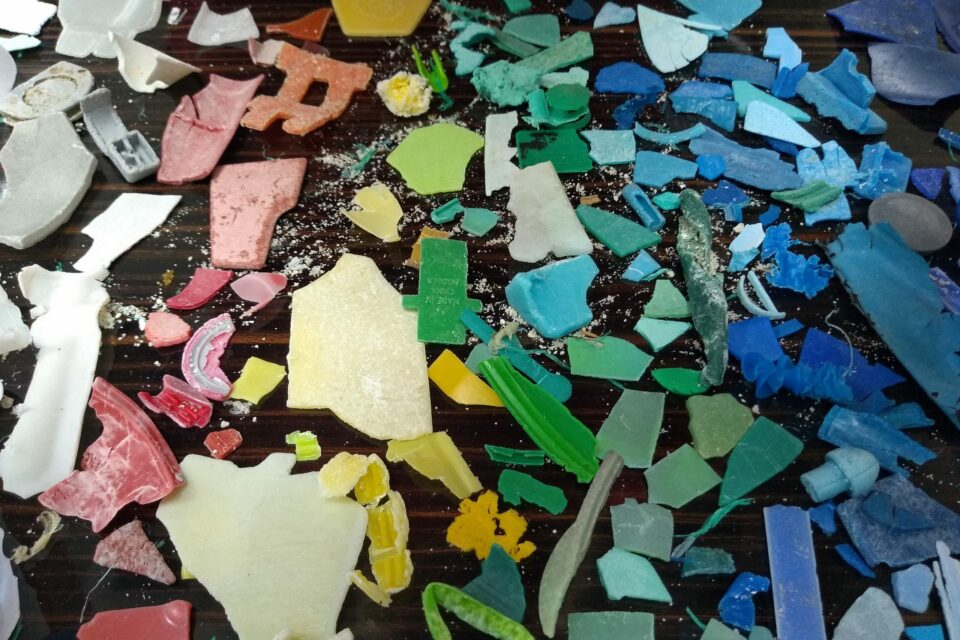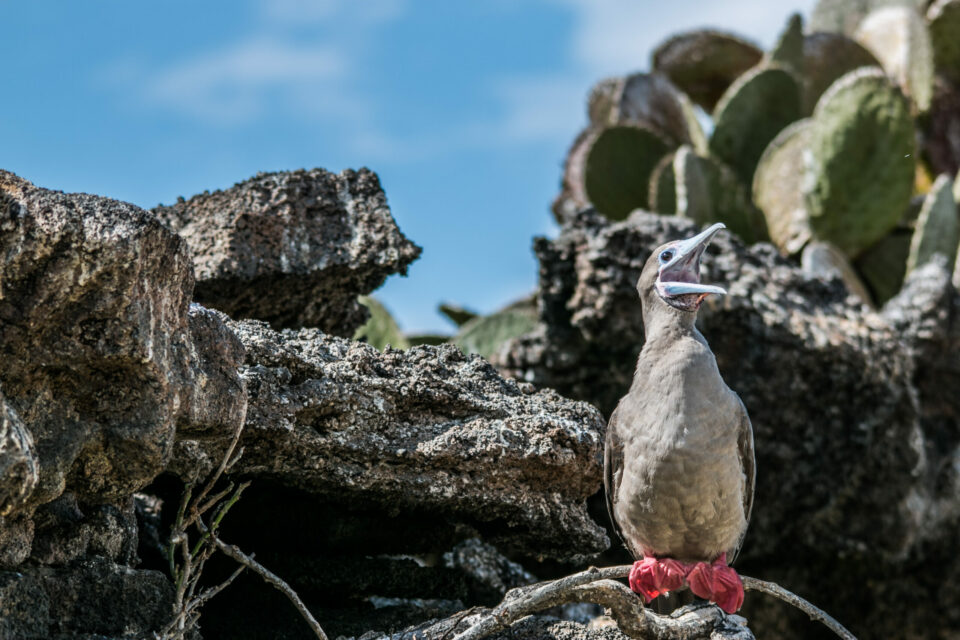

My time as a researcher for GCT: investigating the relationship between tourism and plastic waste in Galapagos
Will Seymour, a Master's student studying Global Sustainability Solutions, has been exploring the relationship between the tourism industry and plastic waste in Galapagos. Here he tells us how his research can help advocate for more sustainable solutions to waste management on the Islands.
Tourism and Plastic Waste: Driving Sustainable Solutions in Galapagos
Ever since Darwin arrived in Galapagos in 1835, the Islands have become synonymous with conservation and are now one of the most popular eco-tourism destinations in the world. Tourist numbers have rapidly increased over the past 50 years and, in 2018, Galapagos played host to the largest number of visitors on record: 275,815. Whilst tourism has its benefits, accounting for around 80% of the Islands’ GDP, the rapid increase in tourist activity has led to challenges that directly conflict with the conservation ideals that the Archipelago is so well known for.
One area of particular concern is the plastic products linked to tourist activity and the pressures these place on the local waste management system. Tourist activity accounts for just over half a ton of plastic waste each day, and Galapagos is far from mainland recycling networks. This means practices such as sending waste to landfills are common. On top of this, the plastic that tourists use is generally very difficult to recycle. Therefore, reducing the amount of plastic linked to tourism in Galapagos would be a step in the right direction and this is what I hope my research will help with.
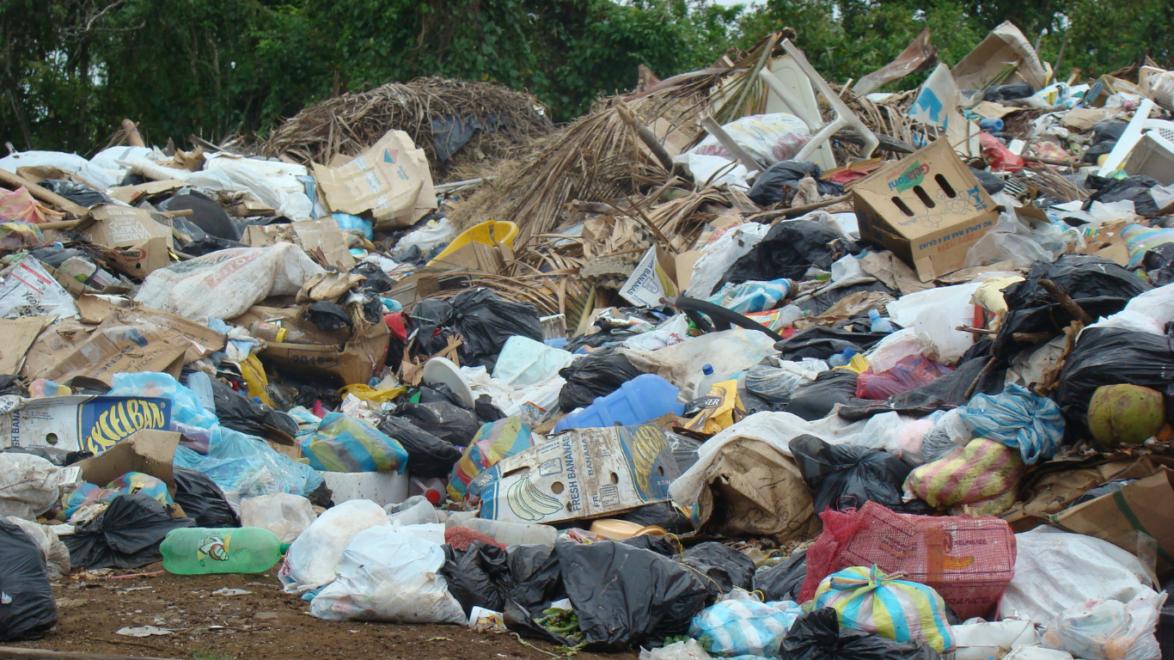
...in 2018, Galapagos played host to the largest number of visitors on record: 275,815.
My Research Objectives
I wanted to look at the relationship between the tourism industry and single-use plastic in Galapagos and see if I could identify any potential solutions to this problem. As the tourism industry is becoming increasingly influential at tackling sustainability issues, I decided to look at the messaging surrounding sustainability that tour operators provide on their websites. I thought that this would be a good place to start because it is suggested that if tourism organisations are willing to make sustainable changes and regulations themselves, their customers will follow suit.
First, I compiled a list of which websites I was going to look into. These came from a combination of GCT partners and members of both LATA and the International Galapagos Tour Operators Association IGTOA). I ended up with 148 tour companies and gave each website a visibility score from 0-5 (‘0’ meaning the website contains no sustainable information and ‘5’ meaning there is a very visible section on the homepage pointing you in the direction of the website’s sustainable information).
I also wanted to get an idea of what actions the industry is currently taking. To achieve this, I interviewed four tour companies about their approach to plastic used by tourists visiting Galapagos. Finally, I conducted a small social media survey on the GCT Facebook, Instagram, LinkedIn, and Twitter pages to gain a tourist’s perspective.
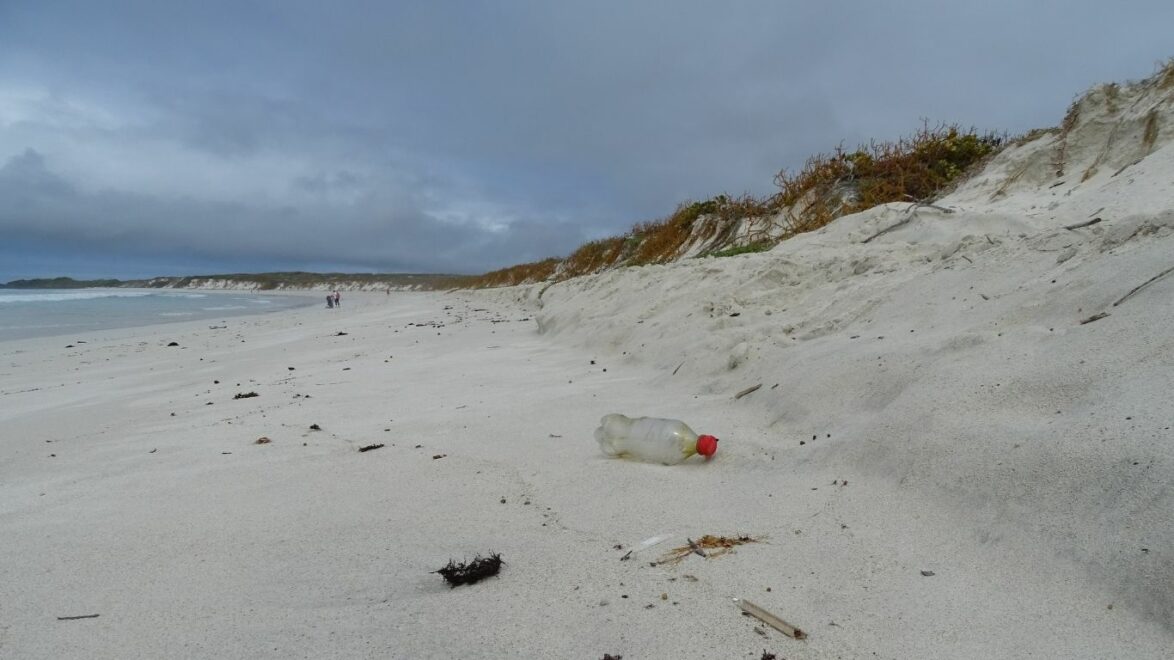
What next?
I really enjoyed the process of conducting this research, especially when interviewing the tour companies and gaining insights into what industry leaders are doing to combat tourist plastic use in the Galapagos. My hope is that this research highlights the need for clear and informative messaging surrounding sustainability on tour operators’ websites. The results can also be used to help encourage partners of GCT to work with the GNP, NGOs and other stakeholders to advocate for stricter industry-wide standards.
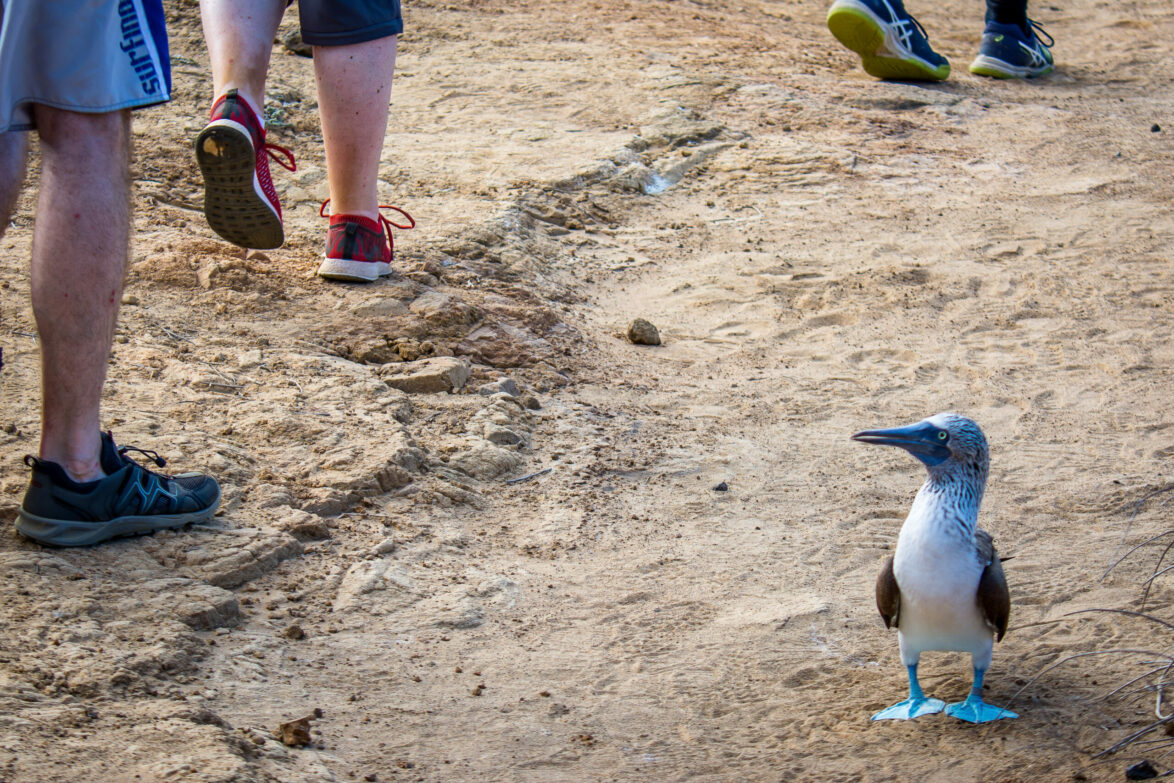
Travelling responsibly
Visiting Galapagos is often a once-in-a-lifetime opportunity. Being prepared and informed will help you get the most out of your visit whilst ensuring that you keep your impact to a minimum.
Related articles


New research shows that Galapagos giant tortoises are ingesting plastic waste
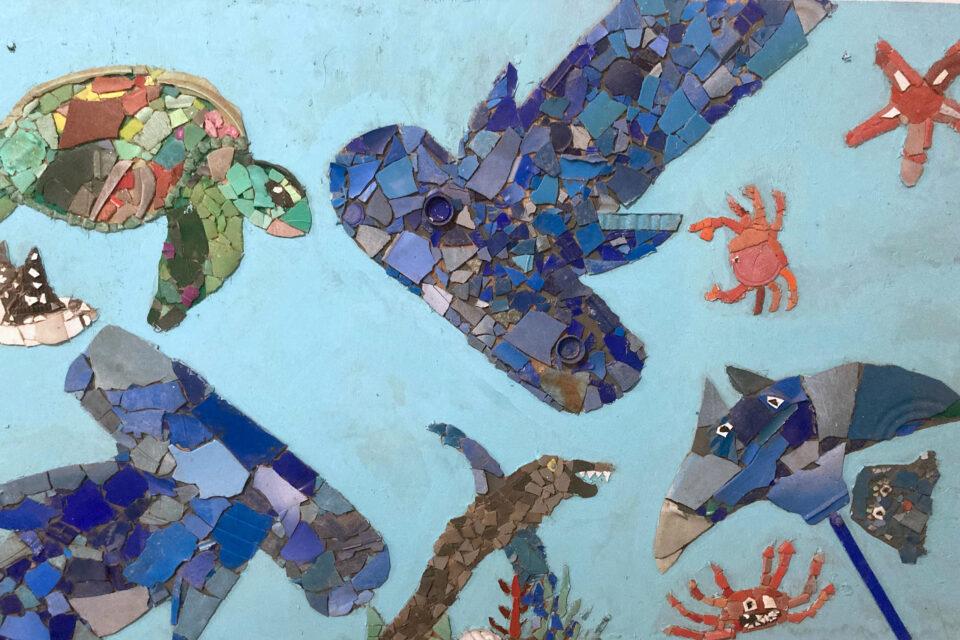
Creating a circular economy for plastics in Galapagos
